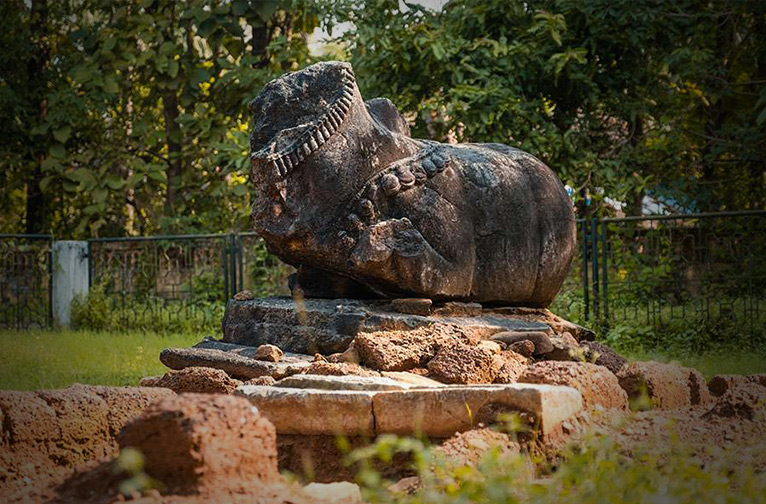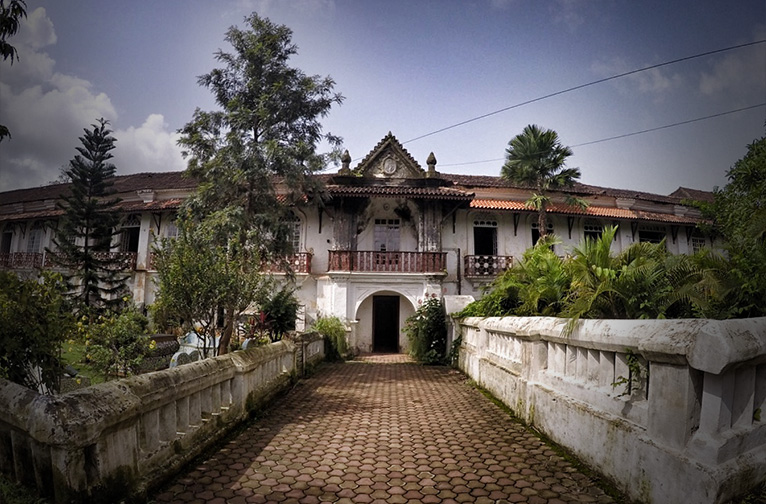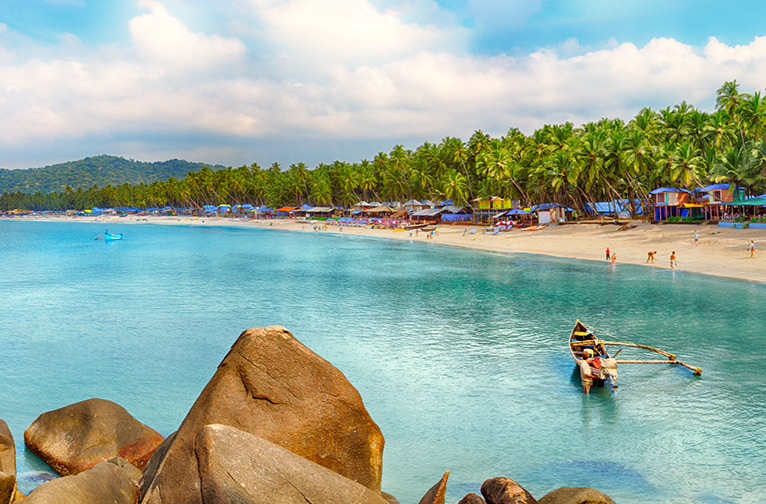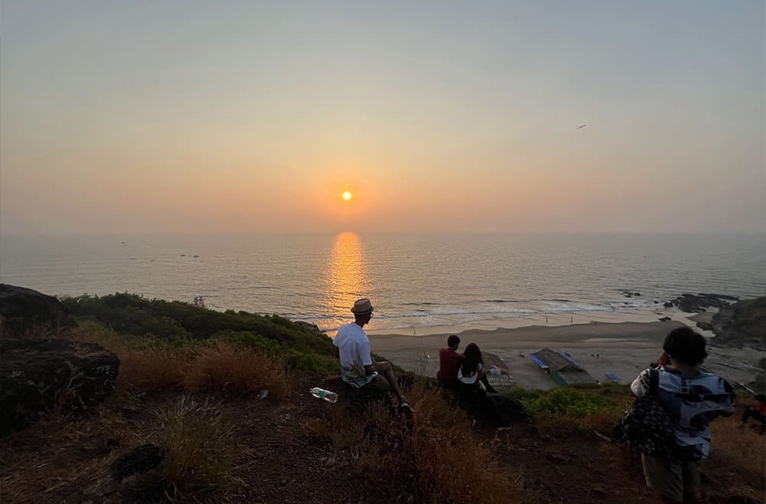Goa’s multicultural ethnicity sometimes get lost in the bombast of its Portuguese history and heritage. Discerning travellers who prefer a more immersive journey into this world-renowned beach destination should shift the curtains aside of tales of rave parties and churches and Carnival time to explore the riches of Goa’s Hindu roots.
Chandor


Were you aware that Chandor is the oldest capital of Goa? Located in South Goa about 40km from Panjim, Chandor or Chandrapur as it was known was a capital of Hindu rulers the Bhojas, who ruled in the third and fourth centuries, and then the Kadambas, (r.1000-1400 CE) long before the Portuguese showed up. Chandor was bustling trading outpost under the Bhojas, the Sialaras and the Kadambas, before the advent of the Portuguese. We learn that it was under the Kadambas– who ruled Goa for 300 years from their first capital Chandrapur and later Gopakapattana– for the first time in history, Goa took the shape of political entity. The Kadamabas are noted for establishing the First Golden Age of Goa, because of the enormous wealth it had acquired under them. A popular legend attached to the village is that of a Queen’s curse upon the village as a result of treachery of the warriors of the kingdom. Chat up local authorities and unravel the intriguing stories of pitched battles and marching troops with Muhammad Bin Tughluq. The second biggest Nandi in India sits across from the sanctum complex of the 11th century Shiva temple. Its stone head was recovered from the temple well. It’s also a great opportunity to explore the history and heritage of the other sites, when you get to meet with the current generation of the family members of one of the most prestigious heritage homes in the village. the Portuguese persecuting the Hindus. When the Portuguese were carrying out persecutions of Hindus, the Braganzas were the first family to embrace Christianity for their survival in these volatile times.
Aldona
A lovely village marked by two islands – Corjuem and Calvim-Ponolem, Aldona opens a new chapter on the local defiance against Portuguese rule.The Tinto, the market square features a statue of the Edward J Soares founder-principal of Adona’s St. Thomas High School who rebelled against the Portuguese regime to introduce an English Medium School in Goa. Head out to Corjuem Fort to discover its old Hindu connections through the Sawant-Bhonsles of Sawantwadi and its military role in the Portuguese era. Aldona once an old bustling trading post, is a great place to relax and unwind while immersing yourself in the colourful days of Portuguese conflicts with the locals.
Divar Island
Take a slow boat ride to the tranquil environs of Divar island on the Mandovi. You are here to explore an old Hindu pilgrimage hub which has many a hidden narrative to unveil. Many of the Hindu shrines which were located here were destroyed by the Portuguese including the much-revered Saptakoteshwar Temple, one of the important Shiva temples on the Konkan coast. A wander around the ruins of this massive basalt temple can transport you to the times when it was a bustling hub as the home of the Kul Devta, or family deity, of the legendary Kadamba kings). Now referred to as Porne Tirth it was originally known as Koti Tirth. You can take a boat ride to Narve nearby where the deity was enshrined after being carried away secretly from Divar.
Sea Cure


Did you know that there is more to Goa’s beach narrative than sailing and scuba, swimming and skinning dipping on the sly. For hundreds of years in mid-May locals have been flocking to the beaches of Baga and Vagator to take the ‘sea cure’ in the waters of the Arabian Sea, for joint pain and arthritis. It appears that elders from the villages have been carrying on this ancient tradition of sitting in the shore close to the waterline line and allowing the waves of hightide to smash against their backs and drench them with their curative powers. It is believed that the sea water around mid-May is warm and the action of the waves replicates that of the thallasotherpy pools offered in swanky spas in Italy for similar results. A serene fishing village, Chapora, around Vagator, offers some respite from the more hectic spaces of Goa. Spend your mornings and evening watching the trawlers bringing in the catch of the day. You can go pub- hopping around the village and in the day time you can engage a local boatman to take you dolphin spotting. The Chapora River is perfect for a leisurely cruise. The sunset views from Chapora Fort are totally breathtakingly scenic.
The Colours of Spring
As hectically visual, vibrantly explosive with colours, action and music the 6-day Goan Festival of Shigmo celebrates the world of Spring and the arrival of Summer. Panjim, Margao and Vasco are where you will experience the best of the celebrations in the Hindu month of Phalgun (February/March). From colurful floats to immerse dance and drama spectaculars, Shigmotsav is as enthralling as Christian Goa’s Carnival. Unmissable is the spectacle of the ghodemodni, a martial dance where the warriors brandish their swords to the sound of the drums, while astride effigies of wooden horses. In the Damodar temple at Zamabulim the festivities culminate in the glorious Gulalutsav.
Embrace every opportunity you get to explore layers and layers of cultural delights this historic seaside getaway that are shielded by Goa’s Portuguese avatar. You won’t be at all disappointed in the least.